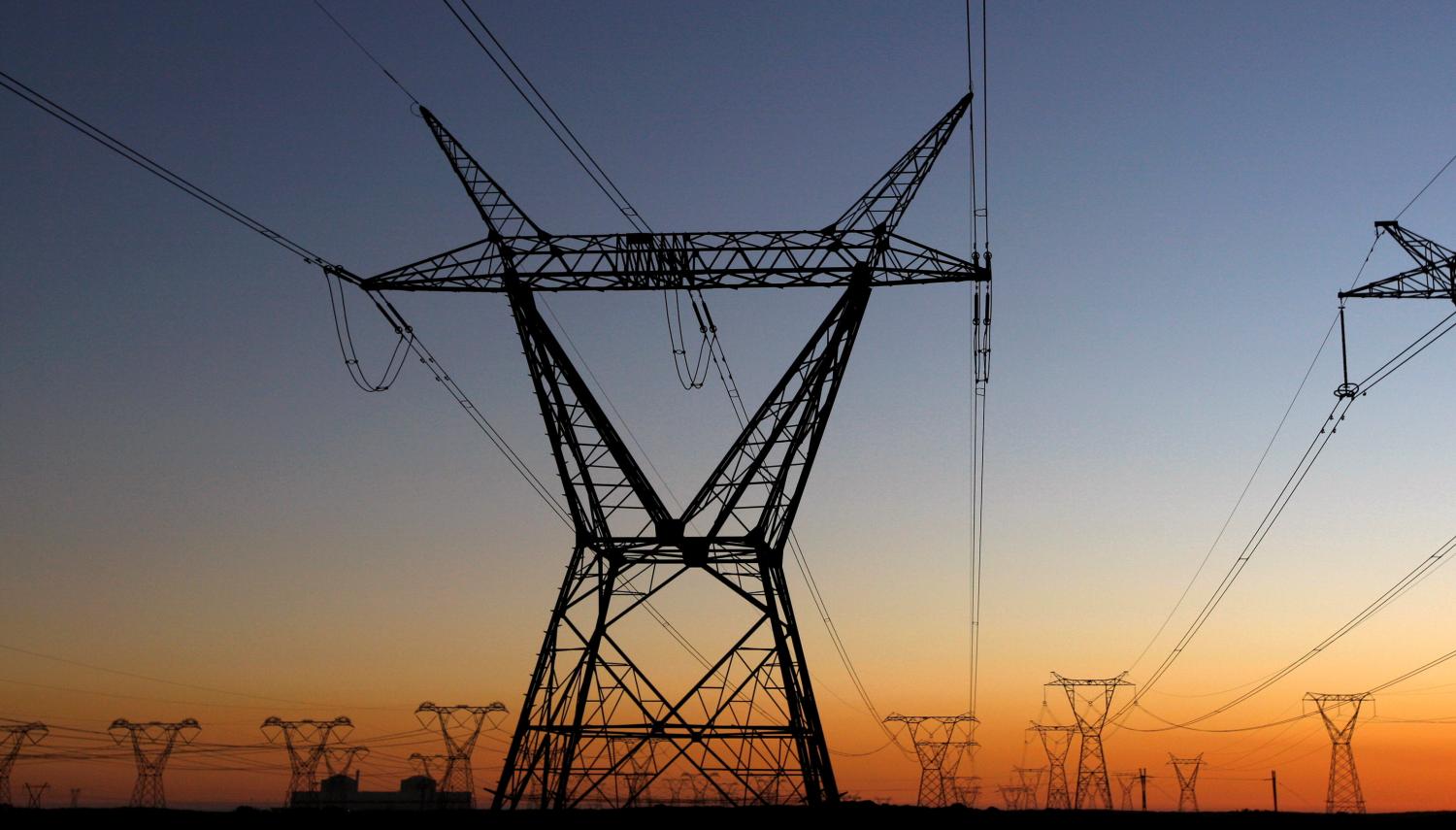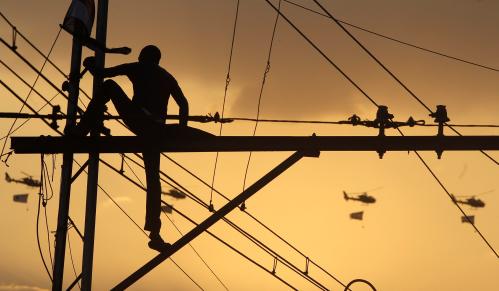Content from the Brookings Institution India Center is now archived. After seven years of an impactful partnership, as of September 11, 2020, Brookings India is now the Centre for Social and Economic Progress, an independent public policy institution based in India.
For the last 15 years or so, introduction of competition has been one of the main aims of reform in the electricity sector in India. One of the key measures to bring about competition is open access (OA) whereby, mainly, large consumers have access to the transmission and distribution (T&D) network to obtain electricity from suppliers other than the local electricity distribution company (discom). Unfortunately, success of OA has been very limited in spite of numerous attempts to facilitate it. Two reasons have been discussed in the literature. First, some states have restricted OA transactions on export of power when there is a shortage, and import of power when there is a surplus. Second, some of the OA charges such as the cross-subsidy surcharge have been too high, making OA uneconomical.
More recently, there has been another challenge that creates problems for discoms: in some states, large consumers are using OA to switch frequently between the market and the discom’s regulated tariffs. This behaviour creates greater volatility in the load to be served by the discom, which makes power procurement planning difficult for the discom and can also lead to stranded generation capacity. Such behaviour by large consumers is likely to further harden the resistance to OA by discoms.
In order to tackle the problem of frequent switching, this Brookings India Impact Series paper suggests redefining consumer choice. It also notes the mismatch in the perspectives of the Centre and the states about the power sector and recommends that one recognises it. While the Centre is more focused on creating a vibrant power market, the paper notes, the states have more immediate concerns – mostly about affordable tariffs, an issue that has electoral and political repercussions.
download the impact series paper
The Brookings Institution is committed to quality, independence, and impact.
We are supported by a diverse array of funders. In line with our values and policies, each Brookings publication represents the sole views of its author(s).








